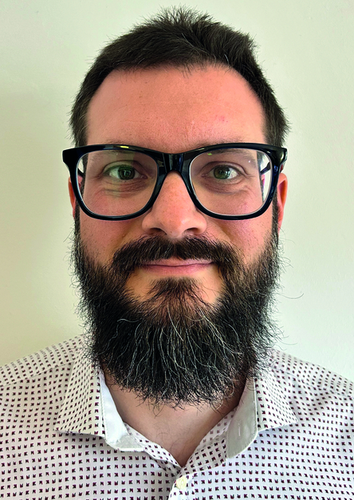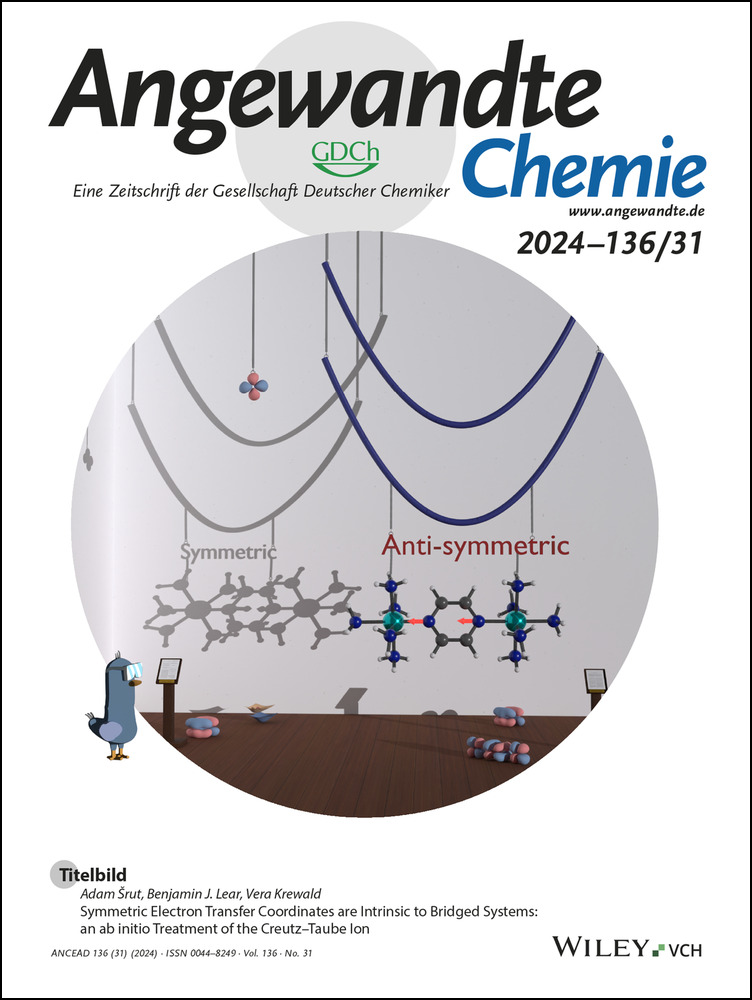Francesco De Bon
Graphical Abstract
“I would have liked to have discovered one of the 10 artificial elements discovered by Glenn Theodore Seaborg and collaborators, such as plutonium or americium… My secret/not-so-secret passion is watching police procedural dramas. I′ve watched so many that I am seriously considering enrolling, sooner or later, in the MSc program in Forensic Chemistry at the University of Coimbra…” Find out more about Francesco De Bon in his Introducing… Profile.
Francesco De Bon
The author presented on this page has published his first article as a submitting corresponding author in Angewandte Chemie:
“Electrochemically Mediated Atom Transfer Radical Polymerization Driven by Alternating Current”: F. De Bon, M. Fantin, V. A. Pereira, T. J. Lourenço Bernardino, A. C. Serra, K. Matyjaszewski, J. F. J. Coelho, Angew. Chem. Int. Ed. 2024, 63, e202406484.
-
Position, Location:
-
Junior Researcher Associate of Chemical Engineering, University of Coimbra (Portugal)
-
Homepage:
-
-
ORCID:
-
-
Education:
-
2015 MSc in Industrial Chemistry, University of Padova (Italy)
2019 PhD in Chemical Sciences, Prof. Armando Gennaro, University of Padova (Italy)
Since 2019 Junior Research Associate of Chemical Engineering, Prof. Jorge Coelho and Prof. Armenio Serra, University of Coimbra Portugal
-
Research:
-
Electrochemistry, Reversible Deactivation Radical Rolymerizations, polymers
-
Hobbies:
-
Mountain biking, reading, meteorology
The biggest challenges facing scientists are getting funded, securing a tenure-track position and maintaining a high-quality work/life balance. Together, this makes one big challenge.
Chemistry is fun because it's what we are made of. Chemistry is life, and life is chemistry.
My first experiment was … I don't recall exactly what it was, but I remember mistakenly producing chlorine. I also generated hydrogen by reacting aluminum foil with aqueous NaOH, and I produced copper acetylide by bubbling acetylene into a solution of Cu(I) in the presence of ammonia. There is plenty of chemistry that can be explored using household products.
A turning point in my career was spending six months in Coimbra during the third year of my PhD studies and winning my first national research grant in 2020.
I would have liked to have discovered one of the 10 artificial elements discovered by Glenn Theodore Seaborg and collaborators, such as plutonium or americium. Nuclear chemistry is unfortunately underrated, seldom taught, but very interesting.
My favorite name reaction is the Belousov–Zhabotinsky reaction.
The most important quality of a mentor is guiding students through the multifaceted aspects of academia and personal growth during their MSc, PhD, and beyond. But above all, a mentor should inspire.
I'm always in a good mood when I ride my mountain bike and after I eat pasta alla carbonara, and when my cats welcome me when I arrive at home.
To improve my work-life balance, I spend hours every week riding my mountain bike. I also avoid reading/answering emails during the weekend and spend quality time with my girlfriend, my family, and friends.
My secret/not-so-secret passion is watching police procedural dramas. I′ve watched so many that I am seriously considering enrolling, sooner or later, in the MSc program in Forensic Chemistry at the University of Coimbra.
When I was a kid I wanted to be a meteorologist (perhaps even still today).
A good day at work starts with abundant Italian espresso coffee, while listening to psy-trance or classical music, depending on my mood.
If I won a million dollars in the lottery I would never tell anyone, but maybe there could be signs (probably a bigger family, a bigger house, more bicycles, and more cats).
My most important role models are my mom and my dad because they are not scientists, but they have a vast knowledge in applied life. The more the time passes, the more I realize their non-academic knowledge probably is more important than my academic knowledge, or at least of the same importance.
My favorite food is pasta alla carbonara or pasta alla zozzona, two cornerstones of Italian culinary tradition (specifically of Lazio).
Behind the Science
The idea of using alternating current in electrochemically mediated ATRP has crossed our minds a few times, but we never committed to it until now. Finally, we seized the opportunity to exploit its properties in this work, leveraging expertise in electrochemistry and polymer science from Italy, United States, and Portugal. The project started with a completely different goal but with some external inputs and a month spent in Italy to use real AC electrolysis, we realized that with one oscillating electrochemical stimulus we cproan polymerize many different monomers, overcoming some previous difficulties of eATRP.





